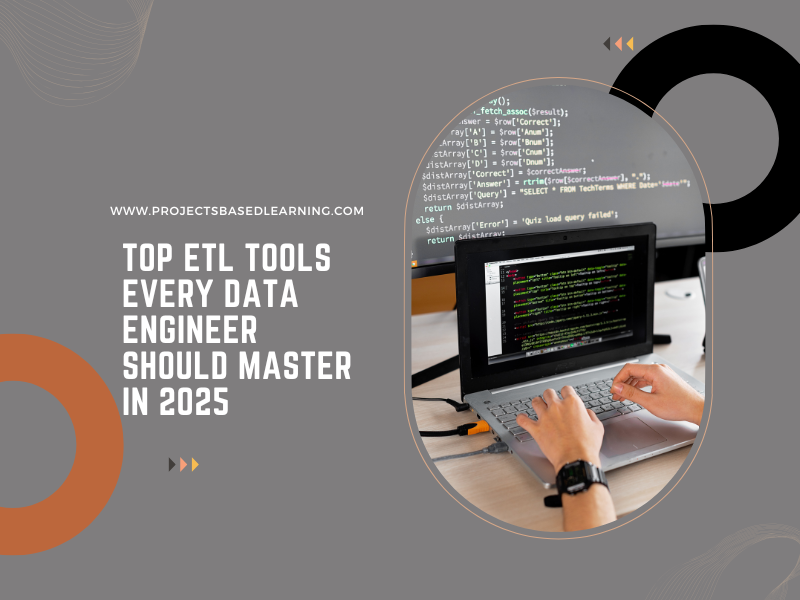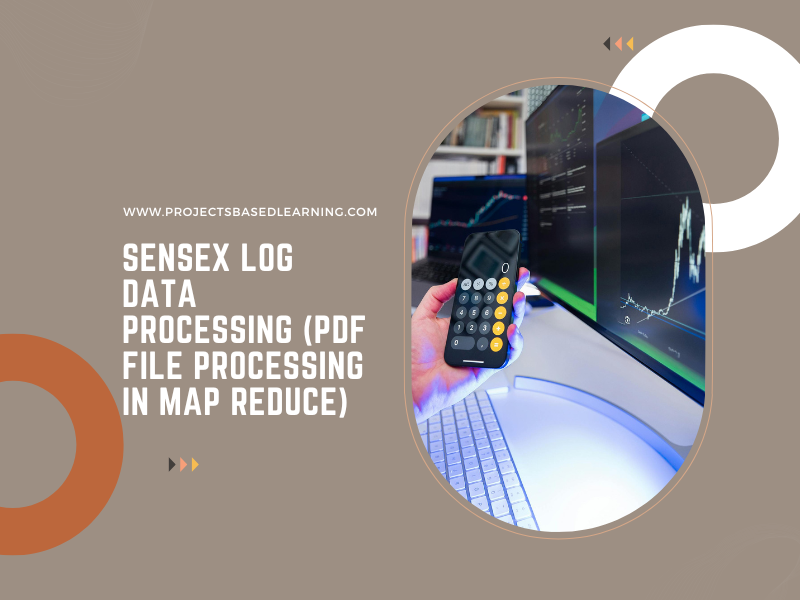🔍 Introduction: ETL in 2025
Data pipelines power every modern analytics and AI initiative. For data engineers, mastering ETL (Extract‑Transform‑Load) tools is essential—not just for shuttling data, but for enabling clean, scalable, and automated workflows. Here’s a look at 7 of the most vital ETL platforms every data engineer should be familiar with in 2025.
1. Apache NiFi — Flow-Based ETL Orchestration
Strengths: Visual drag‑and‑drop interface; real‑time flow control; extensive connectors; ideal for event‑driven data ingestion.
Why it matters: Supports complex routing, transformation, and back‑pressure controls, making it ideal for hybrid streaming/batch workflows.
Use cases: IoT data streams, log aggregation, enterprise integration.
2. Airbyte — Modern, Open‑Source ELT Platform
Strengths: 200+ prebuilt connectors, easy connector creation, ELT focus.
Why it matters: Enables quick setup of pipelines into warehouses (e.g., Snowflake, BigQuery) with full control and minimal cost.
Use cases: Regular data syncs from APIs, SaaS tools, databases.
3. Fivetran — Fully Managed ELT for the Cloud
Strengths: Auto-schema migration, incremental syncs, zero-ops.
Why it matters: Ideal for teams wanting reliable data movement with minimal maintenance.
Use cases: BI teams, analytics startups, central warehouse ingestion.
4. dbt — Transformations as Code
Strengths: SQL-based transformations, modularity, powerful testing and documentation.
Why it matters: Treats data transformation like software engineering—version-controlled, tested, auditable.
Use cases: Analytics modeling, metric layer development.
5. Talend — Enterprise-Grade ETL Suite
Strengths: Comprehensive GUI with advanced transformation tools and enterprise governance.
Why it matters: Strong on data quality, master data management, and compliance matters.
Use cases: Banks, healthcare providers, regulated industries.
6. Apache Spark / Databricks — Scalable Data Processing
Strengths: Distributed computing, support for SQL/Python/R, seamless ML pipeline integration.
Why it matters: Handles massive data volumes and complex transformations efficiently.
Use cases: Big data analytics, streaming ETL, machine learning workflows.
7. AWS Glue — Serverless Cloud-Native ETL
Strengths: Managed Spark execution, schema discovery, catalog integration.
Why it matters: Deep integration with AWS ecosystem, pay-as-you-go, automated data discovery.
Use cases: AWS-centric data ingestion and transformation pipelines.
⚖️ Choosing the Right Tool: Decision Matrix
Scenario
Recommended Tools
Lightweight SaaS or API integration
Airbyte, Fivetran
Big data + streaming
Apache NiFi, Spark/Databricks, AWS Glue
Code-based modeling & testing
dbt
Enterprise governance & legacy systems
Talend, NiFi
📈 Key 2025 Trends in ETL
ELT Over ETL Shift: More pipelines load raw data first, then transform in-database.
Infrastructure as Code: Tools now support Terraform-style versioning and CI/CD.
Hybrid Real-Time Pipelines: Low-latency stream + batch operations in unified platforms.
DataOps & Governance: Testing, monitoring, auditing, and quality checks embedded in pipelines.
Cloud-Native & Serverless: Scalability with reduced management overhead (e.g., Glue, managed Airbyte).
✅ Final Take
Airbyte is the top pick for flexible, open-source ELT.
dbt brings engineering rigor to transformation layers.
NiFi excels in real-time, visual orchestration.
Spark/Databricks and AWS Glue power big, scalable workloads.
Talend remains a solid choice for enterprise ETL and governance.
📘 Pro tip: Layer these tools—e.g., ingest with Airbyte, orchestrate with NiFi, model with dbt—then monitor and test via DataOps practices.

